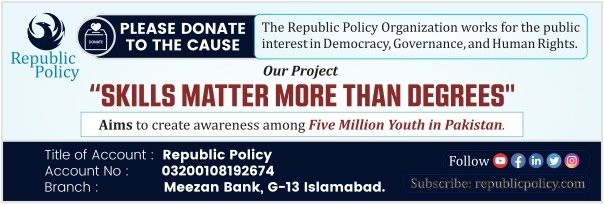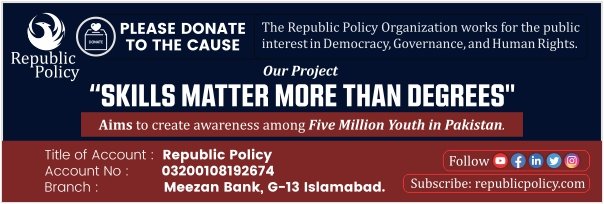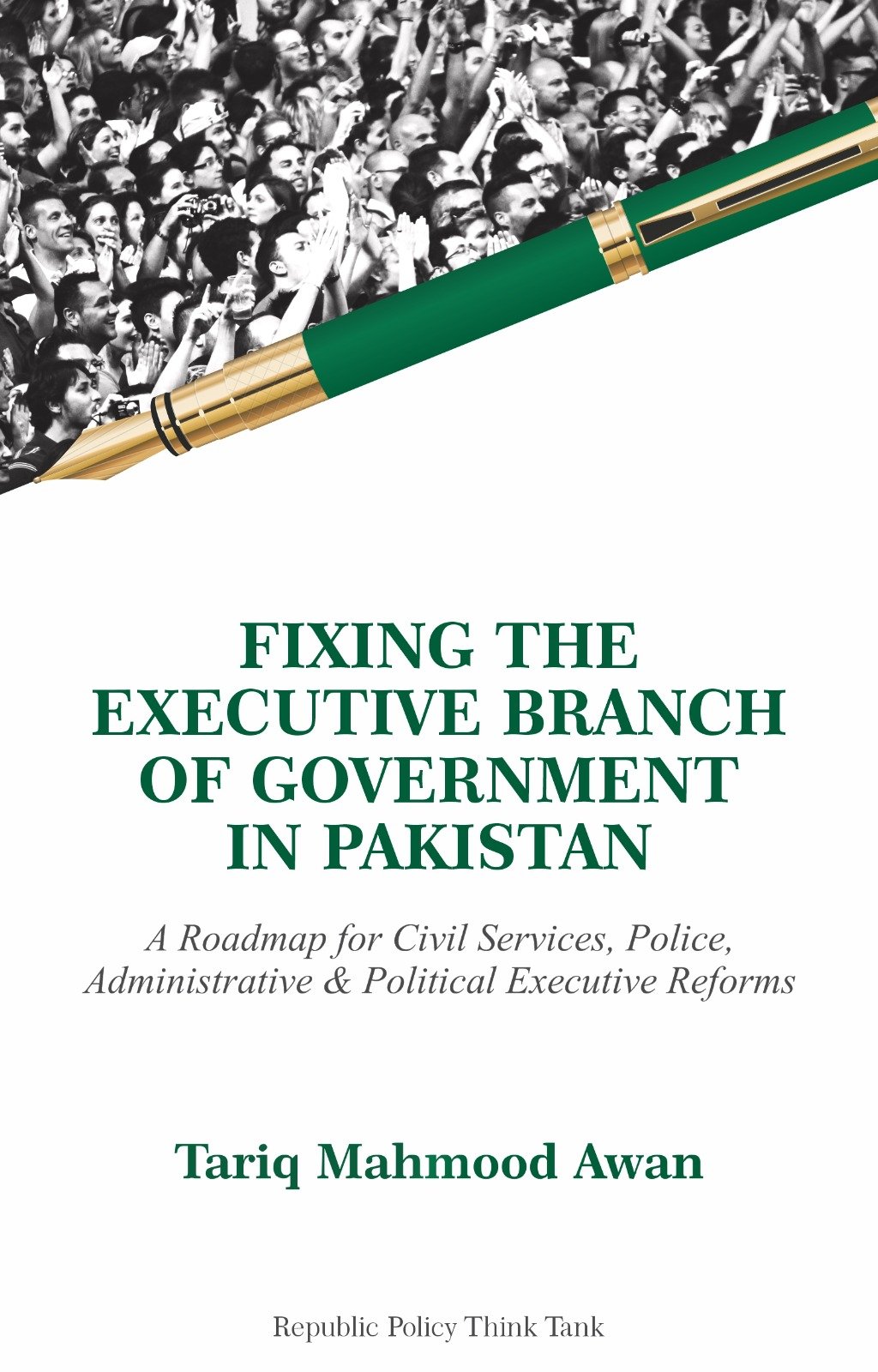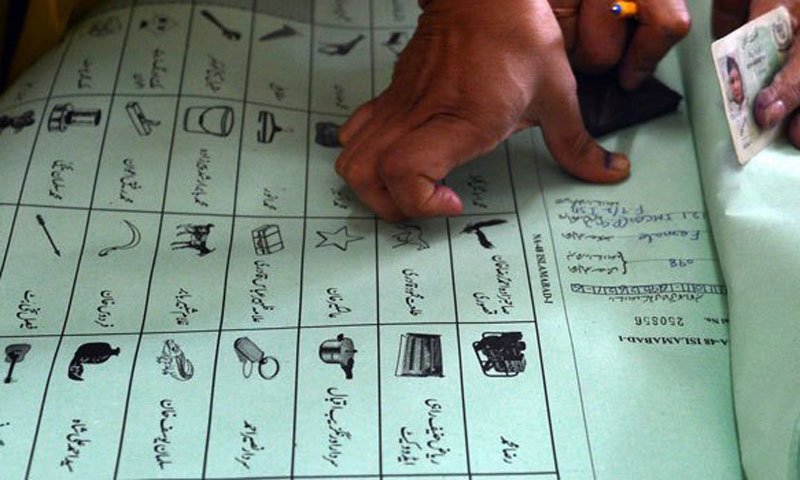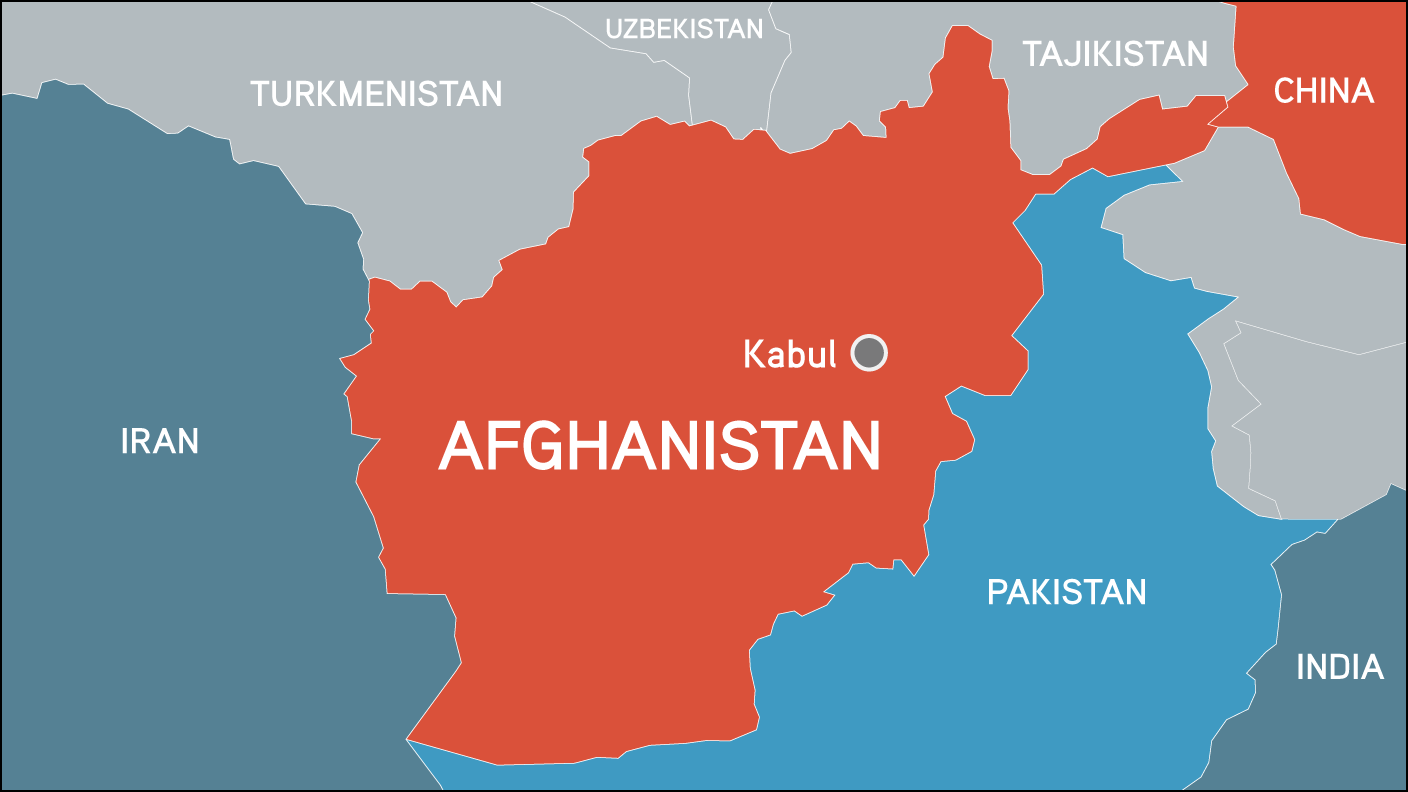Naveed Cheema
Curriculum is an essential component of any education system, as it shapes how students will gain the knowledge, skills, and abilities required by the standards. Standards are the learning goals that define what students should know and be able to do at each grade level. Curriculum is the content that is taught to help students meet the standards. Therefore, curriculum and standards are closely related but are different. Hence, the curriculum is the core activity, and other educational activities such as teaching, assessments, and learning outcomes are directly proportionate to the quality of the curriculum.
The significance of curriculum for achieving the education standards can be explained from different perspectives. From the students’ perspective, the curriculum allows them to access the content and skills outlined in the standards. A well-designed curriculum should be coherent, logical, and sequential so that students can build upon their prior learning and progress towards the expected outcomes. A well-designed curriculum should also be relevant, engaging, and differentiated so that students can connect their learning to their own interests, needs, and goals. A well-designed curriculum should also be aligned with the assessments that are used to measure student learning so that students can demonstrate their mastery of the standards.
From the perspective of teachers, curriculum guides their instructional decisions and practices. A well-designed curriculum should provide teachers with clear learning objectives, appropriate materials and resources, effective strategies and methods, and formative feedback mechanisms. A well-designed curriculum should also allow teachers to exercise their professional judgment and creativity as they adapt and modify the curriculum to suit their students’ diverse backgrounds, abilities, and preferences. A well-designed curriculum should also support teachers’ professional development and collaboration as they share their experiences and best practices with their colleagues.
From the perspective of parents and other stakeholders, the curriculum communicates the expectations and requirements of the education system. A well-designed curriculum should be transparent, consistent, and accessible so that parents and other stakeholders can understand what students are learning and why. A well-designed curriculum should also be responsive, flexible, and inclusive so that it can accommodate the changing needs and demands of society and the learners. A well-designed curriculum should also be accountable, evidence-based, and quality-assured so that it can ensure the effectiveness and efficiency of the education system.
Accordingly, curriculum is a vital element of any education system, as it determines how students will achieve the education standards. A well-designed curriculum should be aligned with the standards, as well as with the needs and interests of the students, teachers, parents, and other stakeholders. A well-designed curriculum should also be dynamic and adaptable as it responds to the challenges and opportunities of the 21st century. Pakistan is a federation. Therefore, the subject of curriculum development requires constitutional and legal scrutiny. According to Schedule IV of the constitution, curriculum development is the prerogative of provinces. Therefore, provinces will only develop the curriculum. However, for national coherence and standardization, the provinces can have a joint venture either through the federal government or through their own agreements. Therefore, it is critical that provinces work closely for curriculum development, having federal standardization and local representations and actualizations of cultures, norms and bars.
The 18th amendment in the Constitution of Pakistan passed in 2010, devolved the authority of education to the provinces, giving them the exclusive right to design their curriculum syllabus and define their education standards. This was intended to promote provincial autonomy and diversity, as well as to improve the quality and relevance of education in each province. However, the implementation of this amendment has faced many challenges and issues, such as lack of coordination, capacity, resources, and political will among the provincial governments. As a result, the standards of curriculum developed by provinces after the 18th amendment have varied widely and have not been able to address the educational inequalities and gaps in Pakistan.
One of the main challenges faced by the provinces in developing their curriculum is the lack of a clear and coherent vision and framework for education. Each province has its own curriculum wing or authority, which is responsible for developing and revising the curriculum according to the provincial needs and priorities. However, there is no common mechanism or criteria for ensuring the quality, consistency, and alignment of the curriculum across the provinces. Moreover, there is no regular review or evaluation of the curriculum to assess its effectiveness and impact on student learning outcomes. The curriculum development process in each province is also influenced by various political, ideological, and religious factors, which often compromise the academic rigour and relevance of the curriculum. For example, some provinces have introduced more Islamic content in their curriculum, while others have reduced it. Some provinces have adopted a more progressive and inclusive approach to education, while others have retained a more conservative and traditional one. Some provinces have tried to incorporate 21st-century skills and competencies in their curriculum, while others have focused on rote learning and memorization.
Another challenge faced by the provinces in developing their curriculum is the lack of adequate resources and capacity. The provincial governments have limited financial and human resources to invest in curriculum development and implementation. The budget allocated for education is often insufficient and irregular, which affects the quality and availability of textbooks, teaching materials, teacher training, assessment tools, and monitoring systems. The curriculum wing or authority in each province also lacks qualified and experienced staff who can design and develop a high-quality and relevant curriculum. The existing staff are often overburdened with multiple tasks and responsibilities, which affect their efficiency and productivity. The curriculum development process also lacks sufficient consultation and participation of various stakeholders, such as teachers, students, parents, experts, civil society organizations, and private sector representatives. The feedback and input from these stakeholders are essential for ensuring that the curriculum meets the needs and expectations of the learners and society.
The Single National Curriculum (SNC) is an initiative of the federal government to introduce a uniform and standardized curriculum for all schools across Pakistan, including public, private, and madrasah schools. The SNC aims to provide equal opportunities for all students to access quality education regardless of their socio-economic background, location, gender, or religion. The SNC also aims to promote national cohesion and integration by fostering a common identity and culture among the diverse people of Pakistan. The SNC was launched in August 2020 for grades 1-5 and will be implemented in phases for grades 6-12 by 2023.
However, the SNC has also faced criticism and opposition from various quarters on constitutional, academic, and ideological grounds. The constitutional position of SNC is questionable after the 18th amendment, which gave the provinces the exclusive right to design their own curriculum. By introducing the SNC, the federal government seems to have breached this privilege of the provinces and violated the 18th amendment. Some provinces, such as Sindh, have rejected or resisted the implementation of SNC on this basis. The academic position of SNC is also doubtful as it does not seem to be based on sound research or evidence. The SNC claims to be aligned with international standards and best practices, but it does not provide any clear rationale or reference for its content selection or pedagogical approach. The SNC also does not address the issues of quality assurance, assessment, teacher training, textbook development, or monitoring and evaluation. The ideological position of SNC is also controversial as it seems to be influenced by a particular cultural and political agenda. The SNC has increased the cultural content in its curriculum, which may marginalize or exclude students from minority beliefs or denominations. The SNC has also reduced or omitted some topics related to history, geography, culture, human rights, diversity, and critical thinking, which may undermine the pluralism and tolerance in Pakistani society.
Please, subscribe to the official website of republicpolicy.com
The following are the primary recommendations to strengthen and improve Pakistan’s provinces’ syllabus and curriculum standards.
There is a need to establish a national framework or mechanism for coordination and collaboration among the provinces on curriculum development and implementation while providing complete autonomy to provinces in developing the curriculum. The coordination could be done either through the federal government or provinces, which may also form their joint commission or coordination forum. This could involve setting up a national council or commission for education that includes representatives from all provinces as well as experts from academia, civil society, and the private sector. The council or commission could provide guidance, support, and oversight for the provincial curriculum authorities and ensure the quality, consistency, and alignment of the curriculum across the provinces. The council or commission could also facilitate the sharing of best practices, resources, and experiences among the provinces and promote innovation and experimentation in curriculum development and implementation.
Furthermore, there is a need to enhance the resources and capacity of the provincial curriculum authorities and staff. This could involve increasing the budget allocation for education, especially for curriculum development and implementation. The budget should be sufficient, regular, and transparent and should cover the costs of textbooks, teaching materials, teacher training, assessment tools, and monitoring systems. The provincial curriculum authorities and staff should also be provided with adequate training, mentoring, and professional development opportunities to improve their skills and knowledge in curriculum design and development. The provincial curriculum authorities and staff should also be empowered to exercise their professional judgment and creativity in adapting and modifying the curriculum to suit their local contexts and needs. Accordingly, solid legislation, delegated legislation and rules should be adopted to strengthen the provincial entities’ administrative, financial and academic purposes for curriculum development.
A comprehensive and participatory approach involving various stakeholders in the curriculum development and implementation process is required. This could involve conducting extensive consultation and participation of teachers, students, parents, experts, civil society organizations, and private sector representatives in the curriculum development and implementation process. The feedback and input from these stakeholders should be solicited, considered, and incorporated into the curriculum design and revision. The stakeholders should also be informed, engaged, and supported in the curriculum implementation process. The stakeholders should also be encouraged to provide feedback and suggestions for improvement of the curriculum on a regular basis. Accordingly, data collection, surveys, and evidence of socio-cultural behaviours for the required education and literacy should be collected to develop standards, policies and educational derivatives for curriculum development.
Please subscribe to the monthly magazines of republicpolicy.com
Adopting a learner-centred and competency-based approach to curriculum development and implementation is necessary. This could involve designing and developing a curriculum that focuses on the needs, interests, abilities, and goals of the learners. The curriculum should be relevant, engaging, and differentiated for different types of learners. The curriculum should also aim to develop 21st-century skills and competencies among the learners, such as critical thinking, problem-solving, communication, collaboration, creativity, innovation, and digital literacy. The curriculum should also use a variety of pedagogical methods and strategies to facilitate active learning, such as inquiry-based learning, project-based learning, cooperative learning, experiential learning, etc. The curriculum should also use multiple forms of assessment to measure the learning outcomes of the learners, such as formative assessment, summative assessment, portfolio assessment, performance assessment, etc. However, all these models should be developed according to local needs. Replicating the international models without considering the local needs and cultures will not work. There is a need to develop a curriculum in a localized version having the competencies of modernity, skills and growth.
Furthermore, there is a need to reduce the size of the curriculum and focus on the essential and core concepts and skills that students need to learn at each grade level. A large and overloaded curriculum may overwhelm the students and teachers and compromise the quality and depth of learning. A smaller and streamlined curriculum may allow more time and space for students to explore, apply, and consolidate their learning and for teachers to provide more feedback and support. A smaller curriculum may also be easier to revise and update according to the changing needs and demands of society and the learners.
Integrating various subjects into unified subjects that are relevant and meaningful for the students is vital. A fragmented and isolated curriculum may create artificial boundaries between different disciplines and limit the connections and applications of knowledge. An integrated and interdisciplinary curriculum may foster a holistic and comprehensive understanding of the world and its problems. An integrated curriculum may also motivate and engage the students by linking their learning to their own interests, experiences, and goals.
Importantly, ensure the precision of the curriculum by providing clear and specific learning objectives, outcomes, standards, and indicators for each subject and grade level. A vague and ambiguous curriculum may create confusion and inconsistency among the students, teachers, parents, and other stakeholders. A precise and explicit curriculum may provide a common language and framework for communication, collaboration, and evaluation. A precise curriculum may also help teachers plan their instruction, assessment, and feedback more effectively. Promote innovation and creativity in the curriculum by incorporating 21st-century skills and competencies, such as critical thinking, problem-solving, communication, collaboration, creativity, innovation, digital literacy, etc. A traditional and rigid curriculum may not prepare the students for the challenges and opportunities of the future. An innovative and flexible curriculum may equip the students with the skills and mindsets they need to adapt and thrive in a rapidly changing world. An innovative curriculum may also encourage students to express their ideas, opinions, and talents in various ways.
There is a need to develop the curriculum orientation towards skills development rather than content memorization. A content-based curriculum may not foster deep learning or transferable skills among the students. A skills-based curriculum may help students develop the cognitive, social, emotional, physical, and moral skills that are essential for their personal and professional growth. A skills-based curriculum may also enable students to apply their learning to real-life situations and contexts. Furthermore, align the curriculum with the interests of the students, especially for those from marginalized and rural backgrounds. A standardized and uniform curriculum may not reflect the diversity and complexity of the student population. A differentiated and inclusive curriculum may cater to the different needs, abilities, preferences, backgrounds, cultures, languages, values, etc. of the students. A differentiated curriculum may also empower the students to take ownership of their learning and pursue their passions. Accordingly, there is a need to develop the institution of local government for primary education so that local needs, orientation and cultural norms may be made part of the syllabus, as diversity is the strength.
Lastly, it is critical to develop the local version of the curriculum rather than imitating it from developed or other countries. Every country has specific goals, cultures, and socio-political systems; therefore, imitating the models of syllabus will hamper the growth of society and education. Then, the syllabus should be flexible, which could develop learning passions among students and inspire them to develop and grow.


